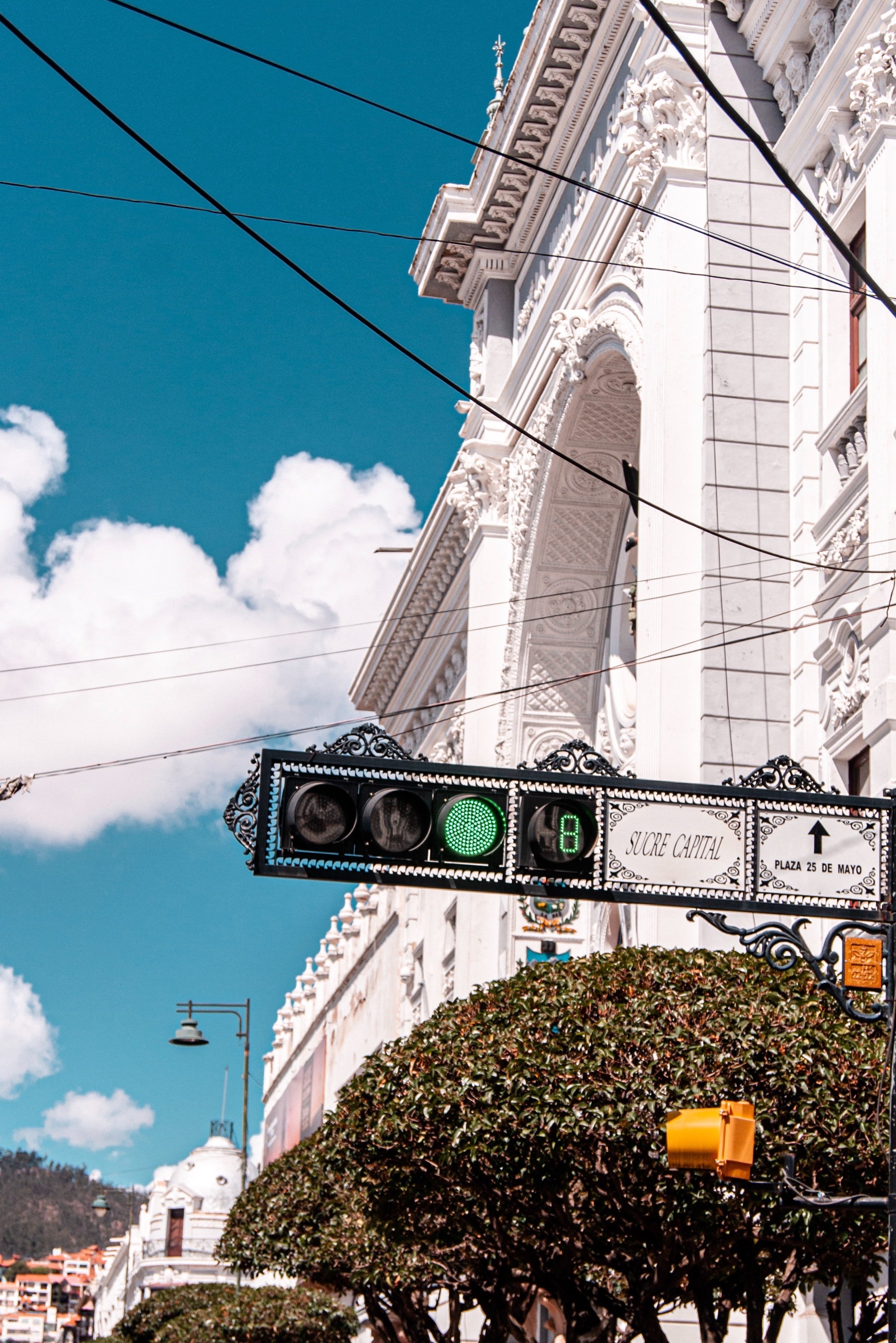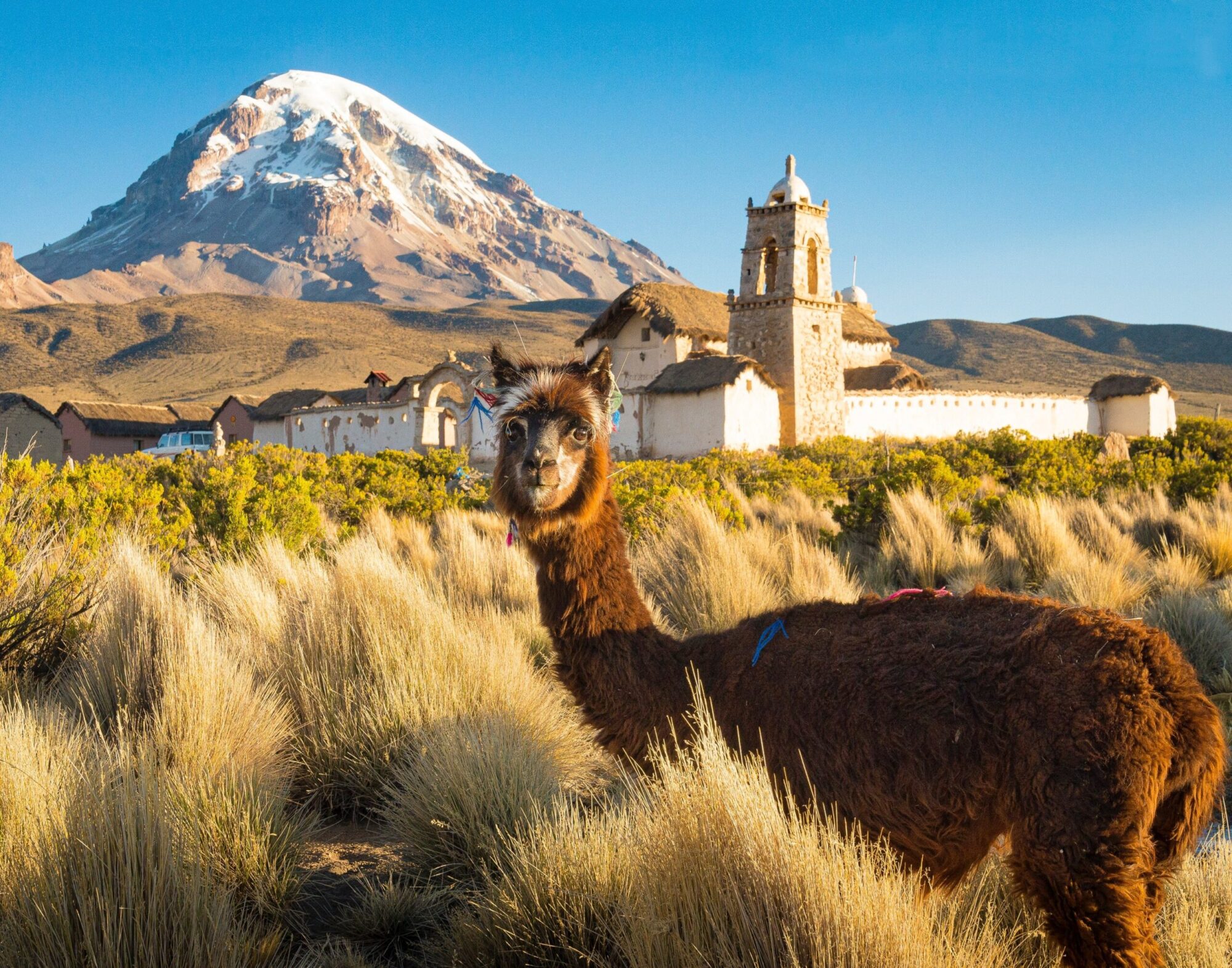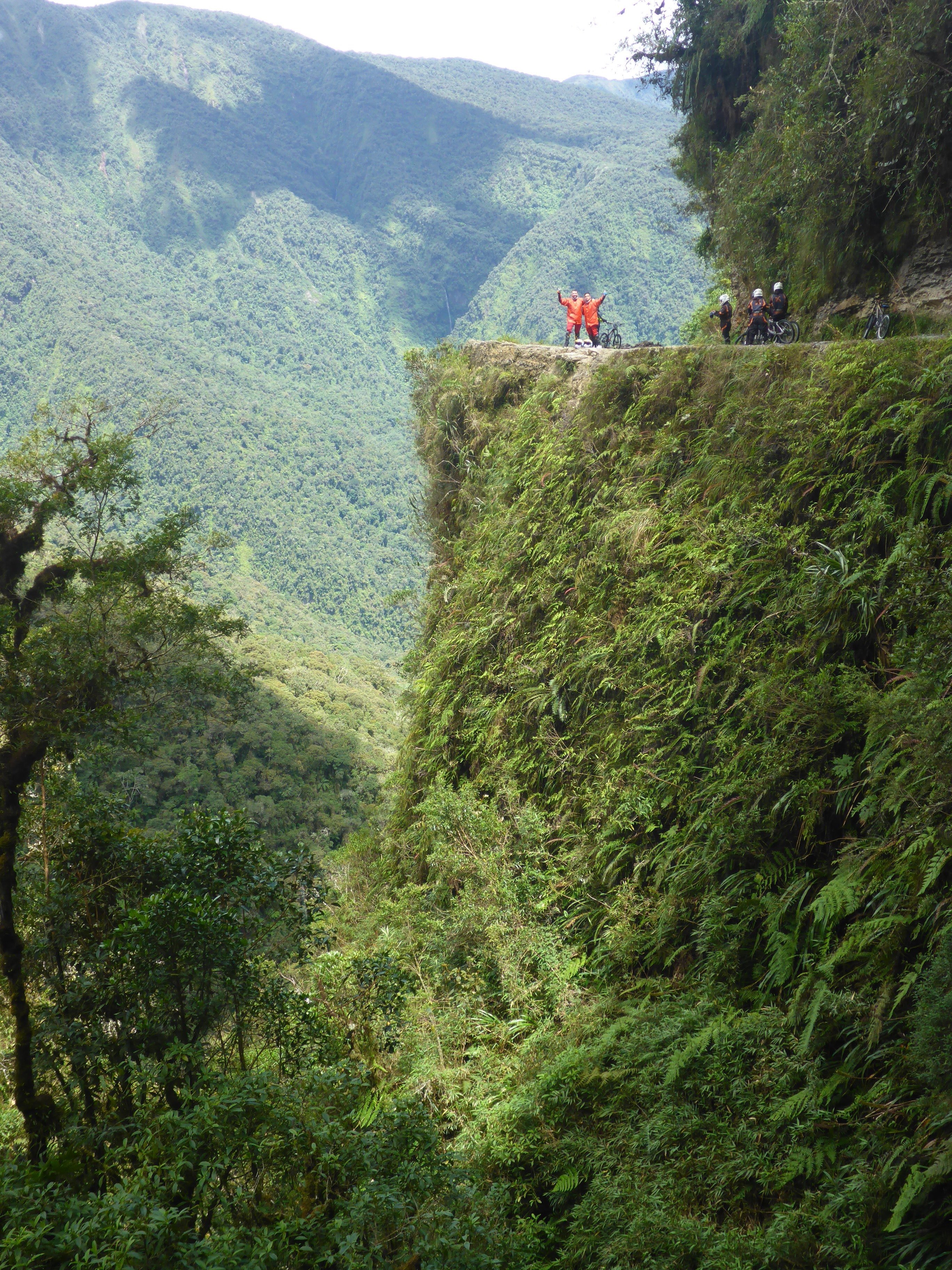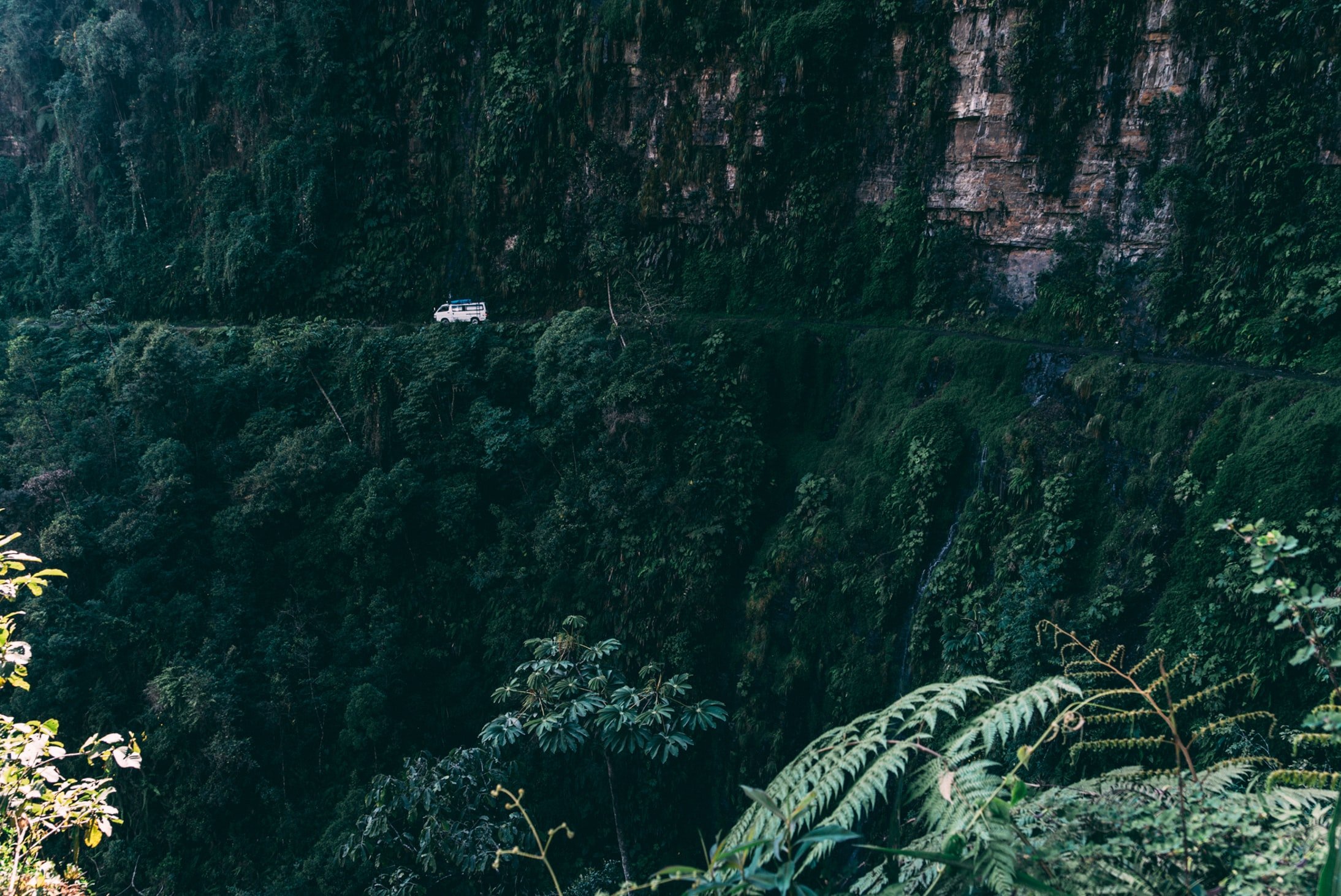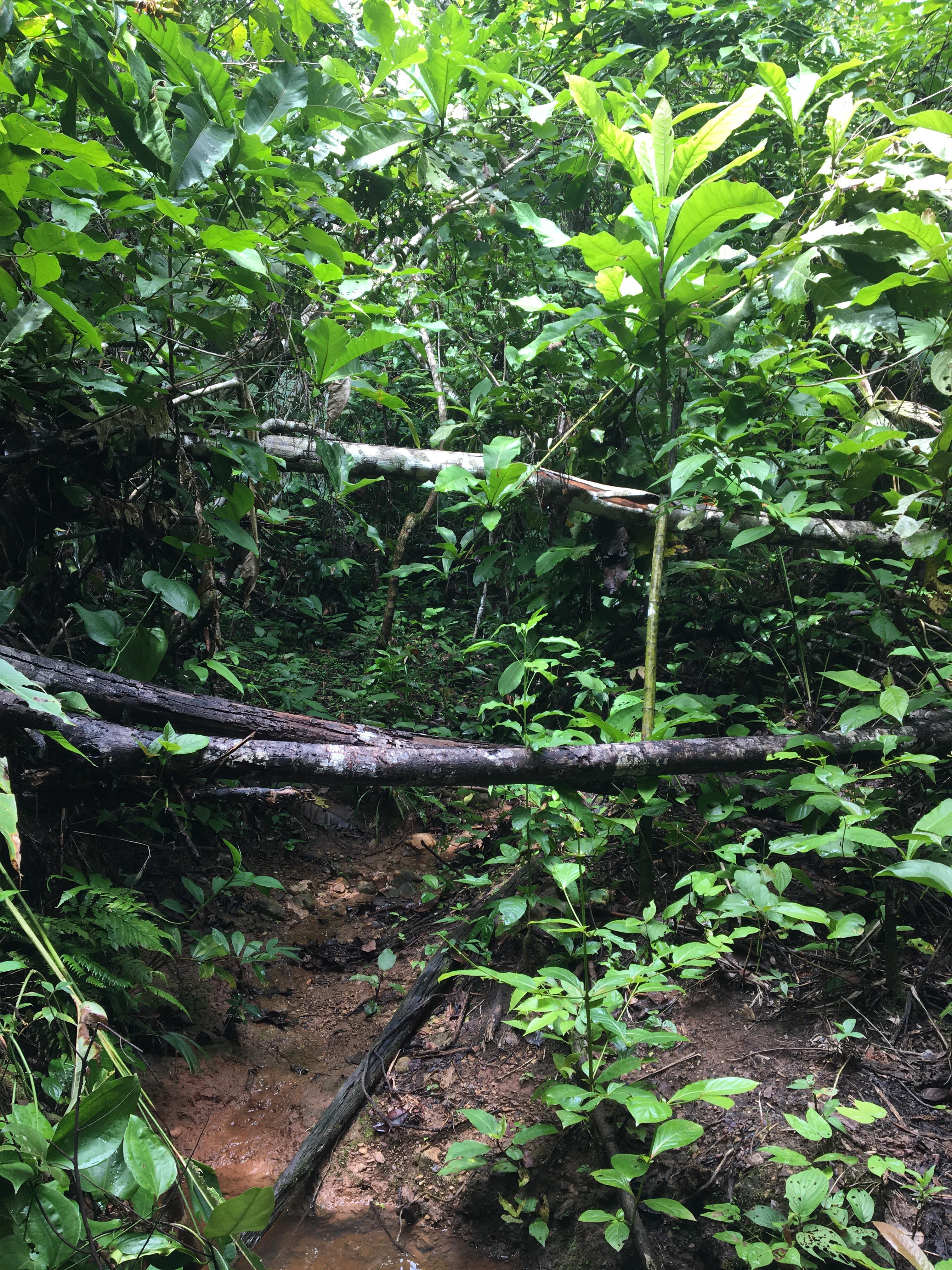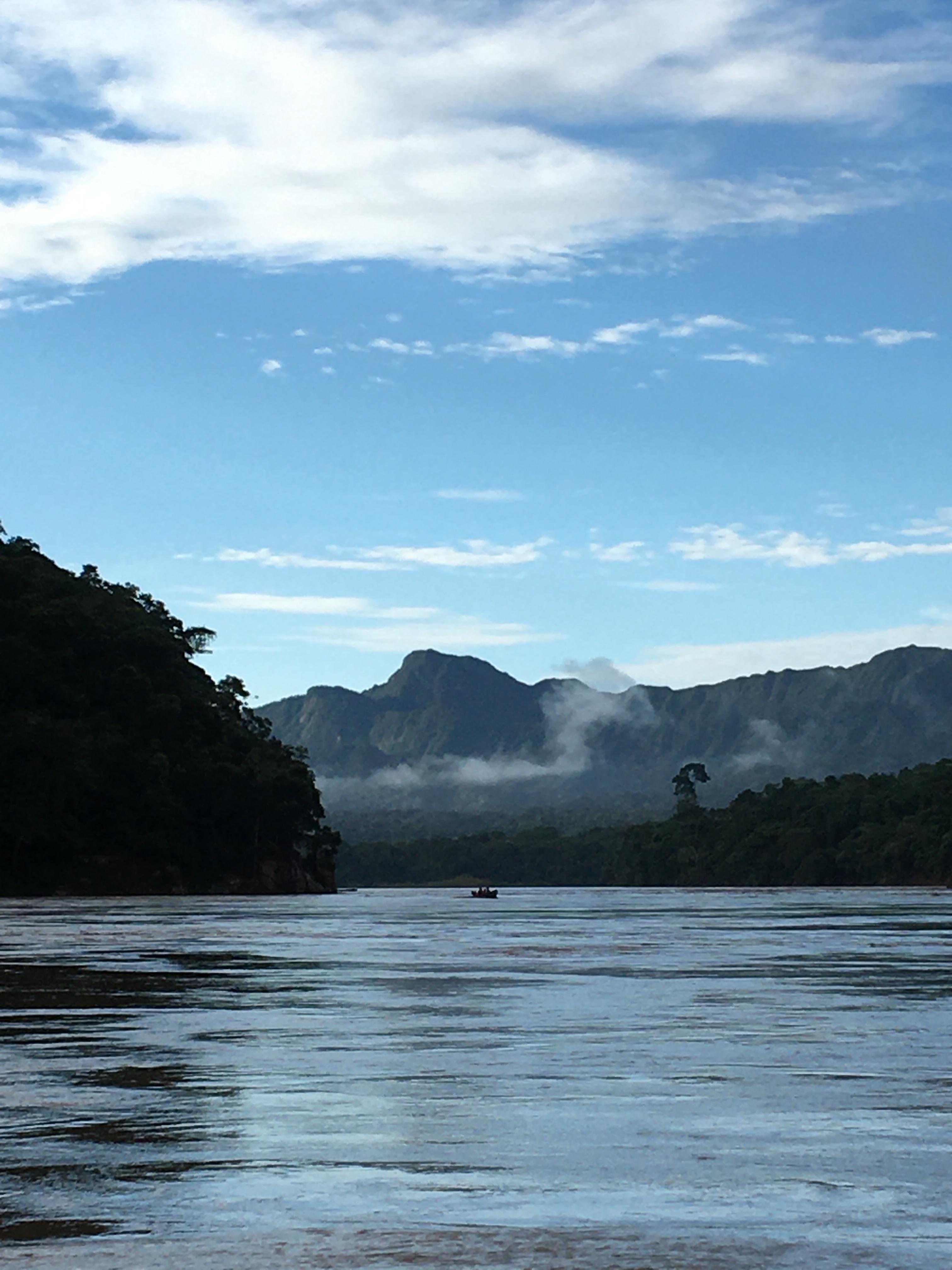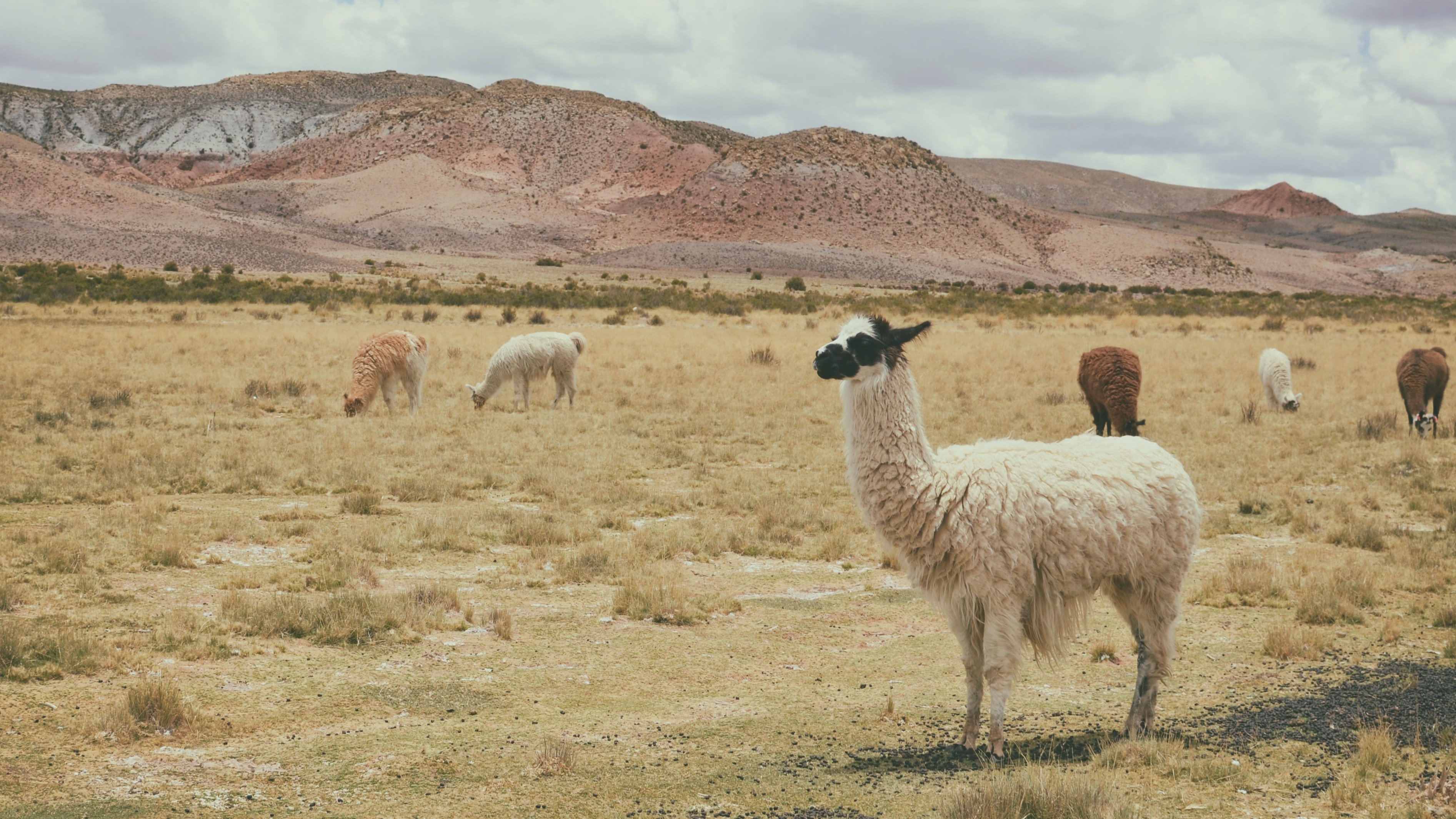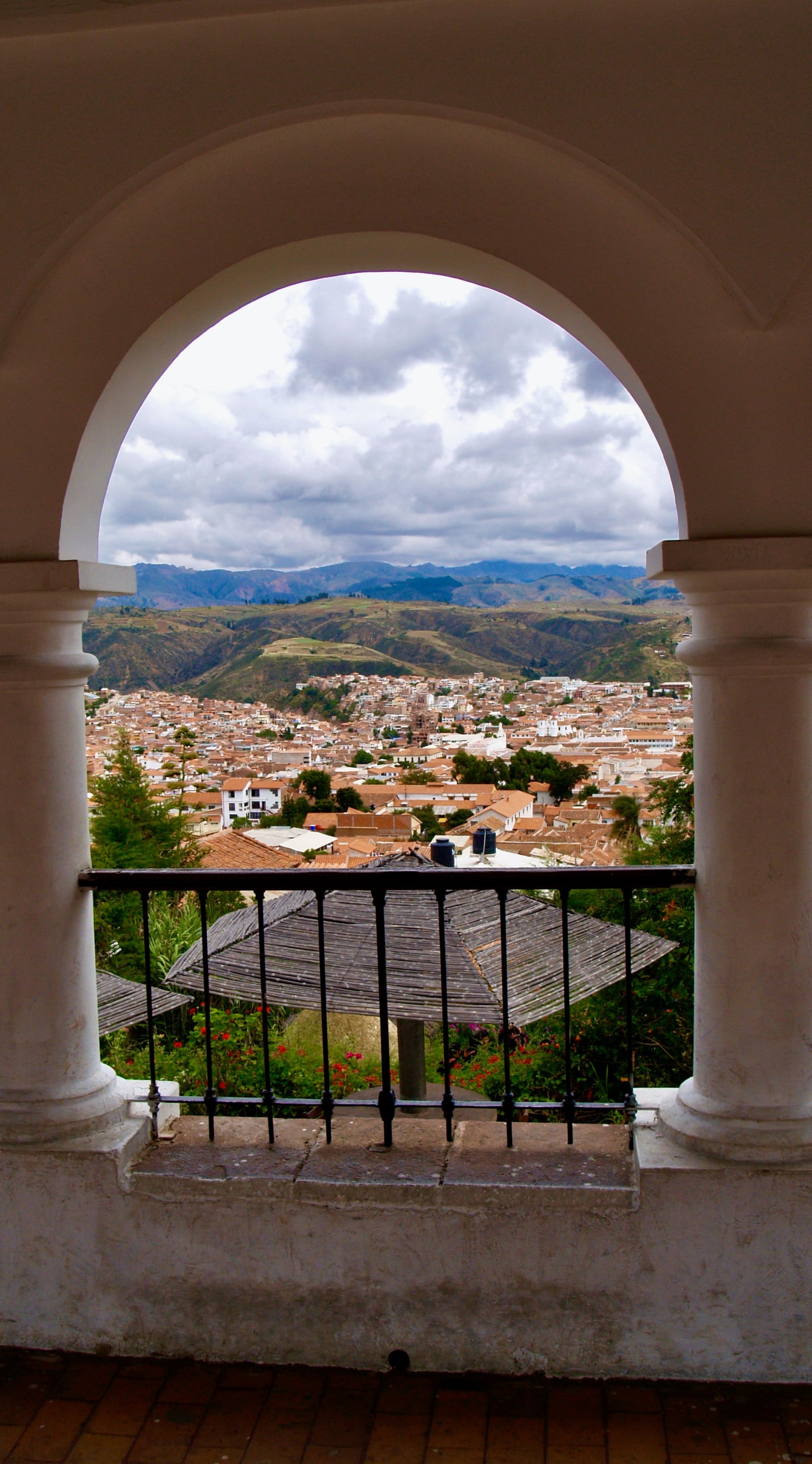For globetrotters and adventurers
Welcome to the second edition of the perfect Travel Guide! The perfect travel guide for Costa Rica is now followed by the perfect travel guide for Bolivia. Although not as popular among travelers as Costa Rica, Bolivia has a lot to offer. More than most might expect – and while Costa Rica has a lot of amenities, Bolivia is definitely the land of the adventurer, the world explorer, the globetrotter among us.
Overview
- La Paz
- Salar de Uyuni
- Death Road
- Rurrenabaque
- Oruro
- Sucre & Cochabamba
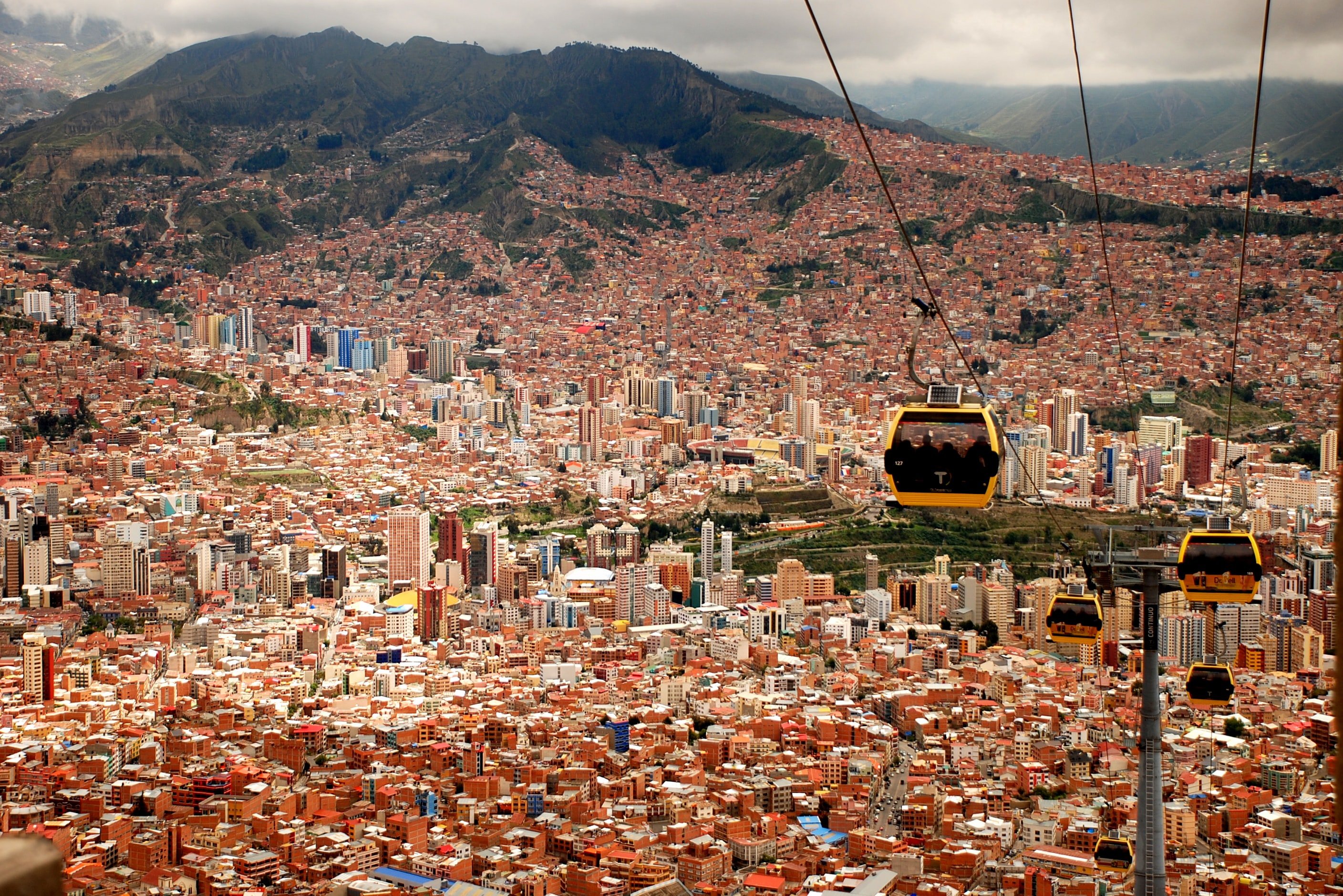
La Paz
… one of the most extraordinary cities in the world
Even the arrival is very special! You will be landing at the airport at an altitude of 4100 meters. It is quite good to have a bottle of water and possibly an Aspro with you, because most people are not used to this altitude.
I was only once on 3900 m on a volcano, which we have climbed under strong physical effort, and here one lands on over 4000 m like it is nothing at all.
But that is not all. The city of La Paz, also known as “Nuestra Señora de La Paz” (in English: Madonna of Peace) is also located at 3200 to 4100 m above sea level, making it one of the most spectacular cities I’ve had the pleasure of visiting.
The houses built into the mountain slopes and the white snow-covered glaciers behind them offer an absolutely unique view from the gondola with which one can glide over the “City of Peace”. Never would I have thought that I would be so impressed by this country on the very first day.
The gondola is extremely modern, build at the cost of about 795 billion, and covers the entire city with 10 lines and 33 km.
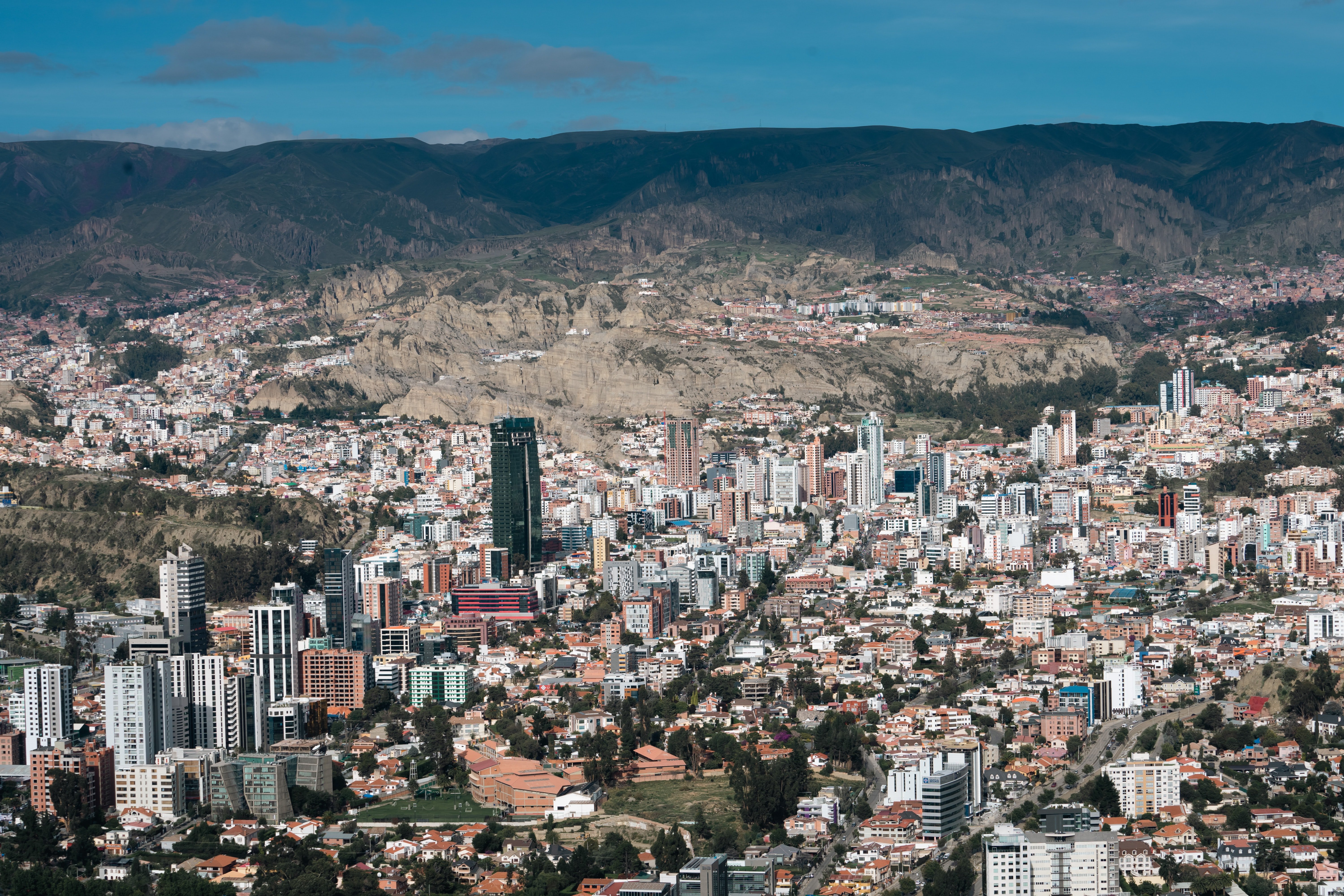
Worth seeing, for example, is the Witches Market, where merchants sell a wide variety of goods, from eucalyptus leaves to empanadas.
Then on the other side there is a super modern neighborhood that reminds me of cities in Australia with posh boutiques, modern skyscrapers, palm-lined streets and the warm climate.
There are neighborhoods where chicken is getting grilled over an open fire and neighborhoods where colorful umbrellas decorate the streets, alleys where hammocks are getting sold and corners where you can marvel at one high-rise building after another.
Here you will find worlds of life that could not be more different.
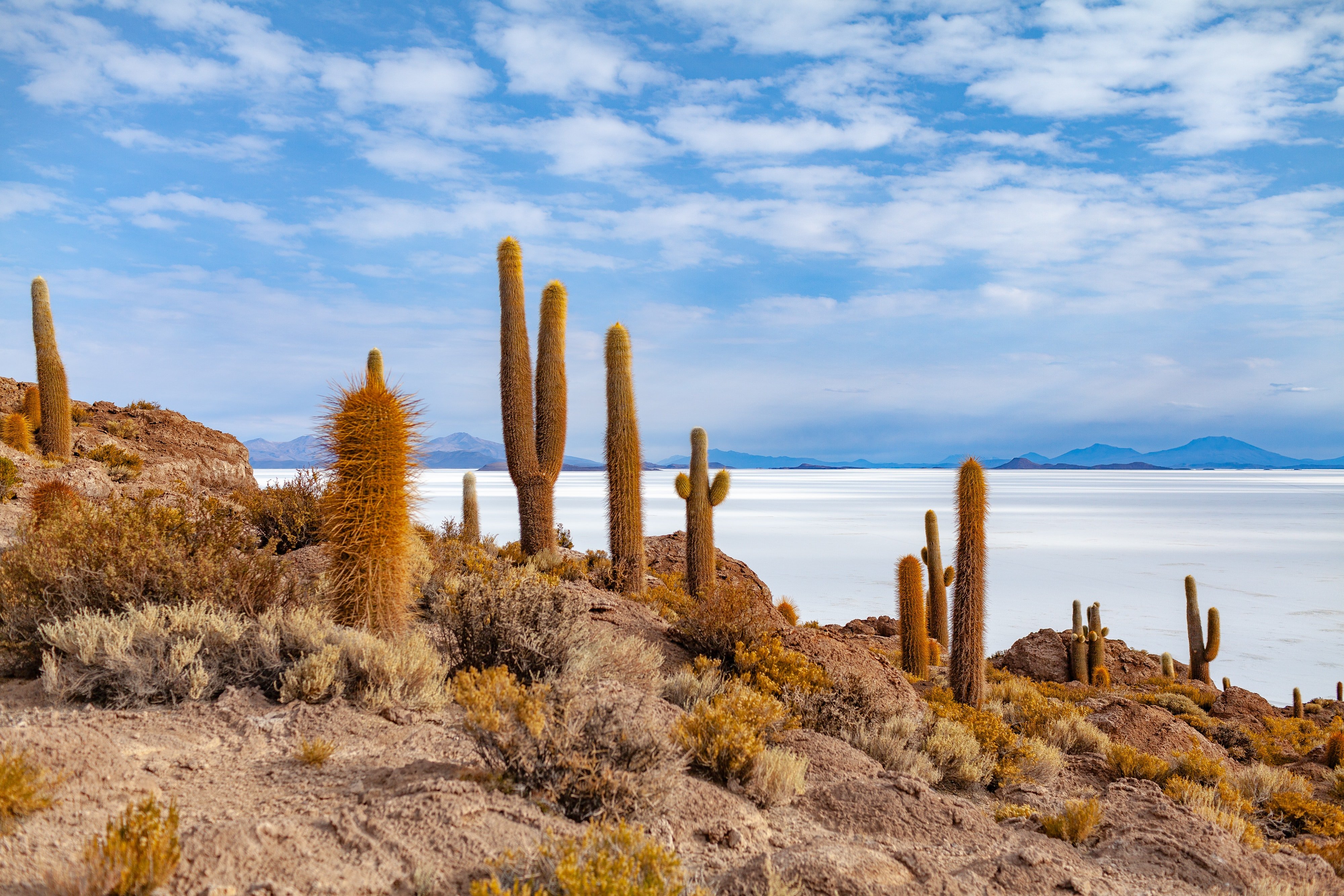
Salar de Uyuni
Have you ever seen photos of a reflecting white surface with people with distorted perspective? Where one person seems to be holding someone else between thumb and forefinger?
Then it was most likely a photo from the Uyuni Salt Flats! They are located in Bolivia and are definitely worth a visit – not only because of the Instagram photos.
Here you can see nothing but salt desert into the horizon – Salar de Uyuni in Bolivia is considered one of the most extreme and remarkable landscapes in all of South America, if not on Earth.
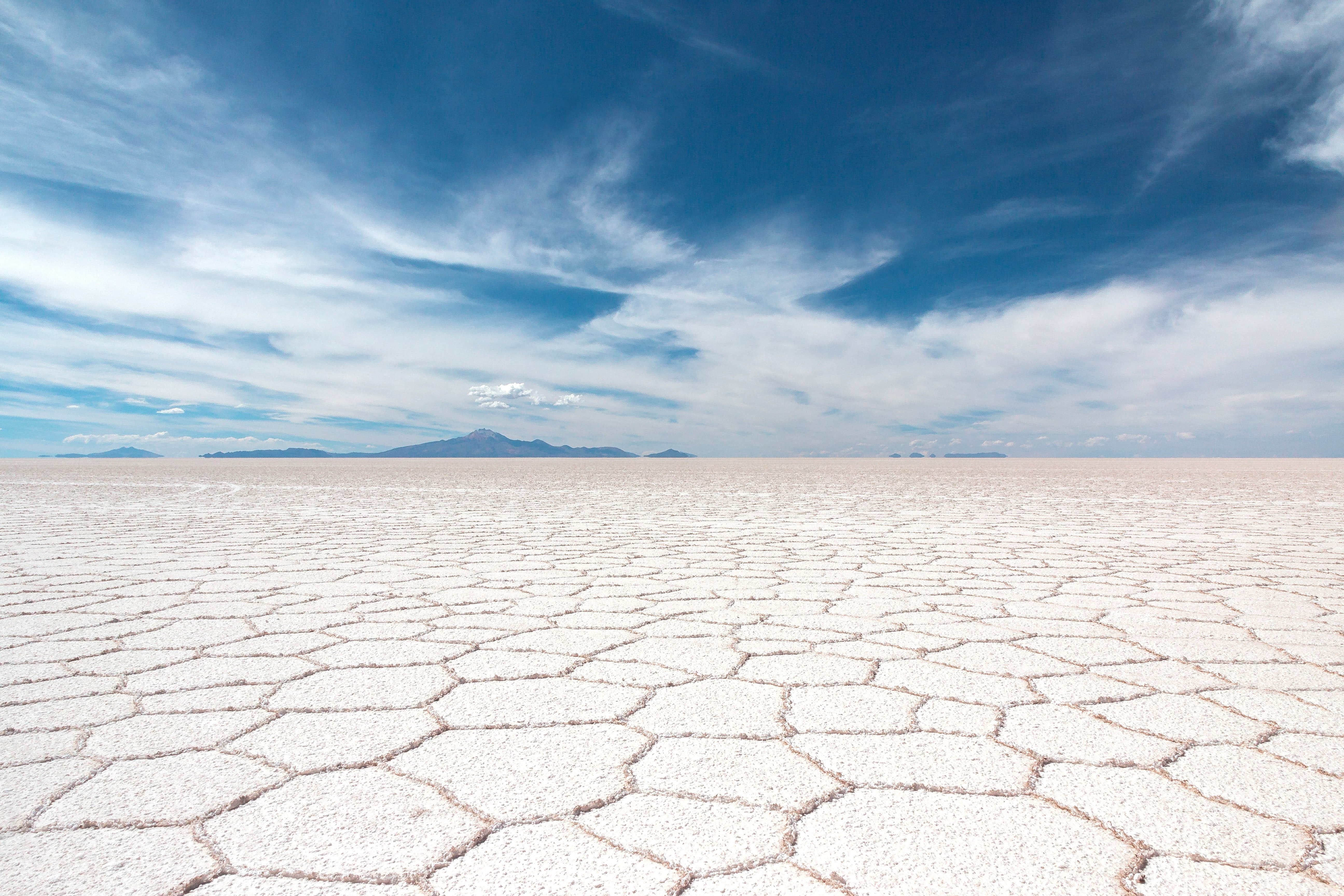
Extending more than 4,050 square miles on the Altiplano, it is the largest salt lake in the world, left by prehistoric lakes that evaporated a long time ago.
Here, a thick crust of salt stretches to the horizon, covered by quilted, polygonal salt patterns that rise from the ground…
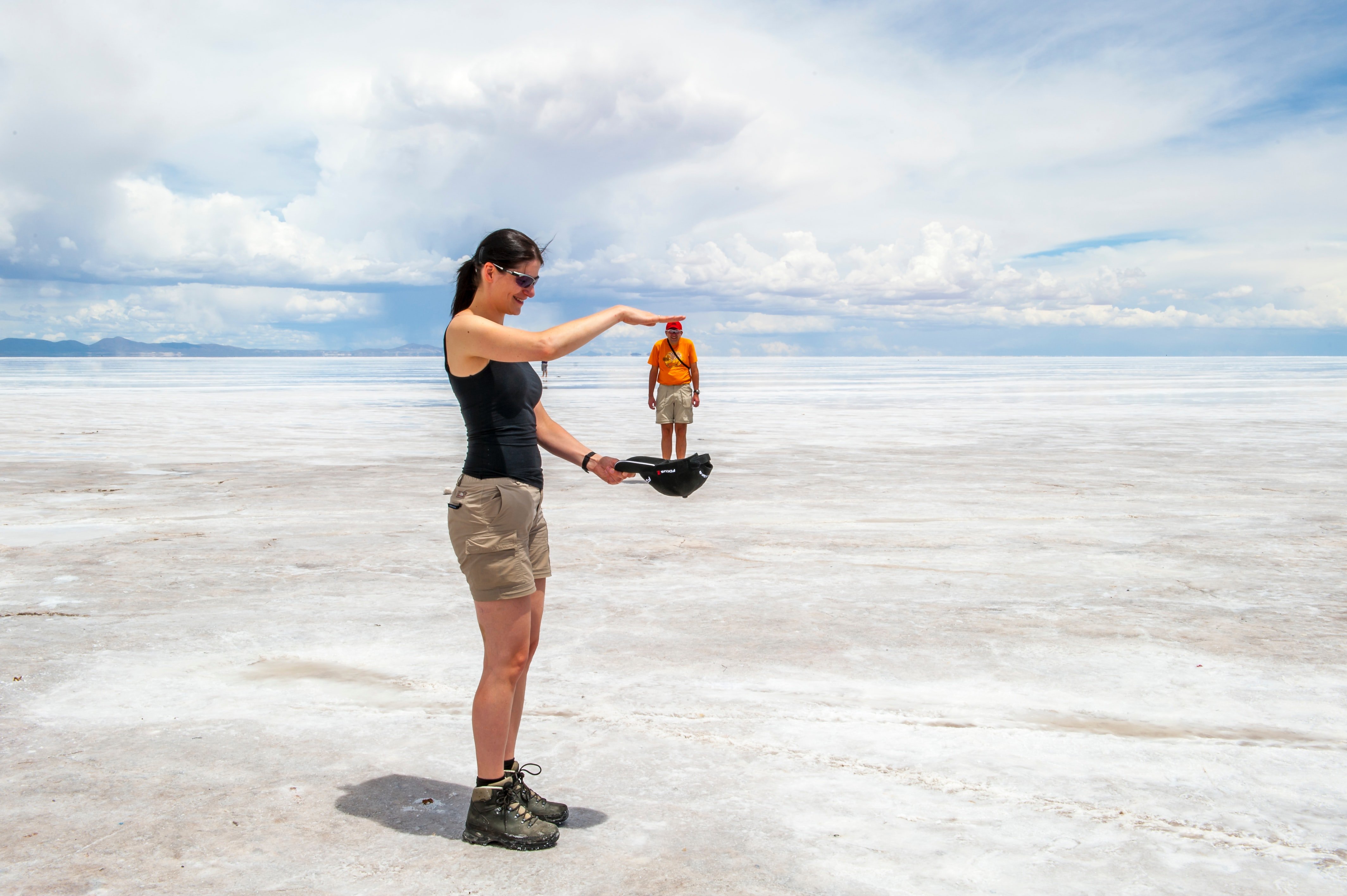
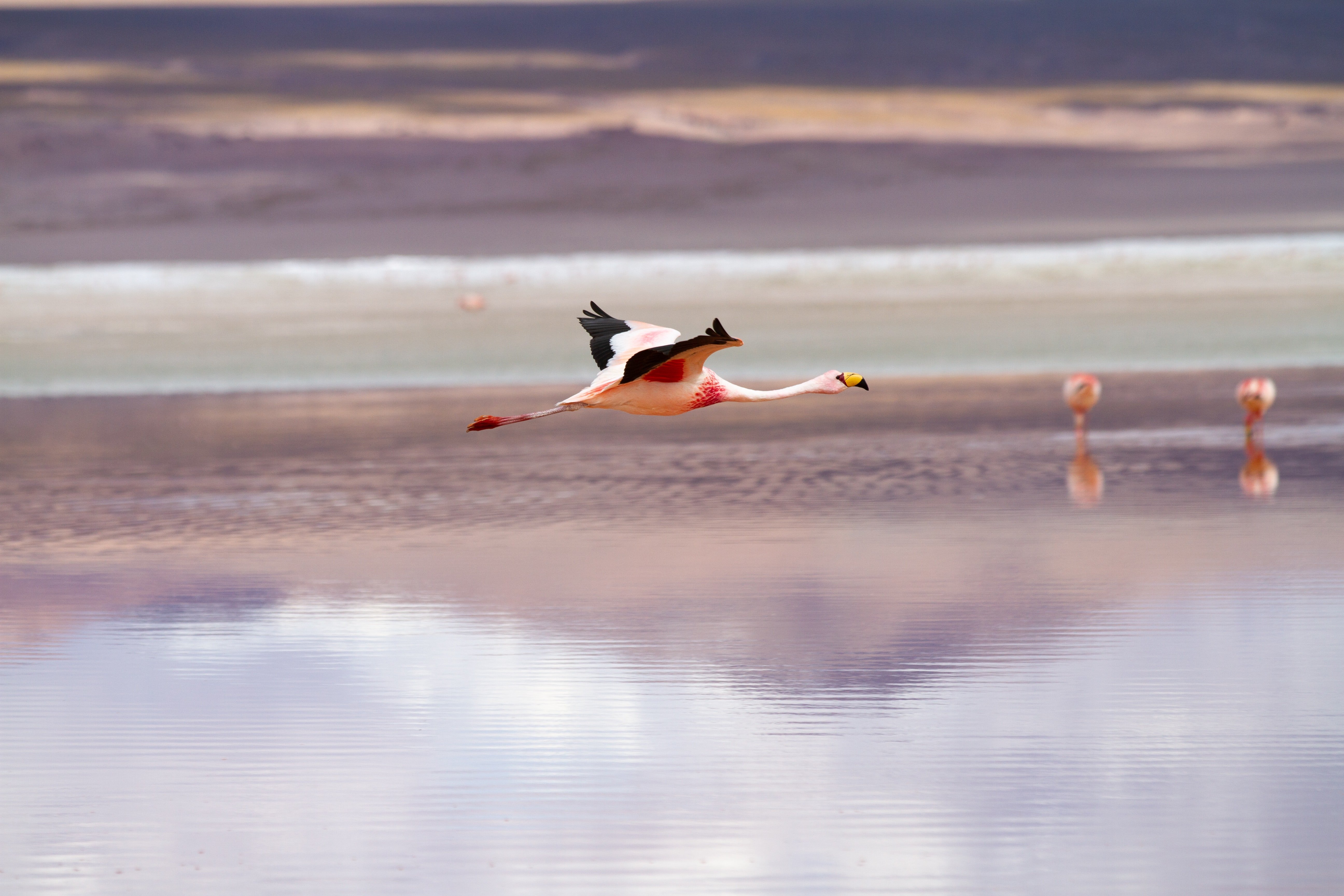
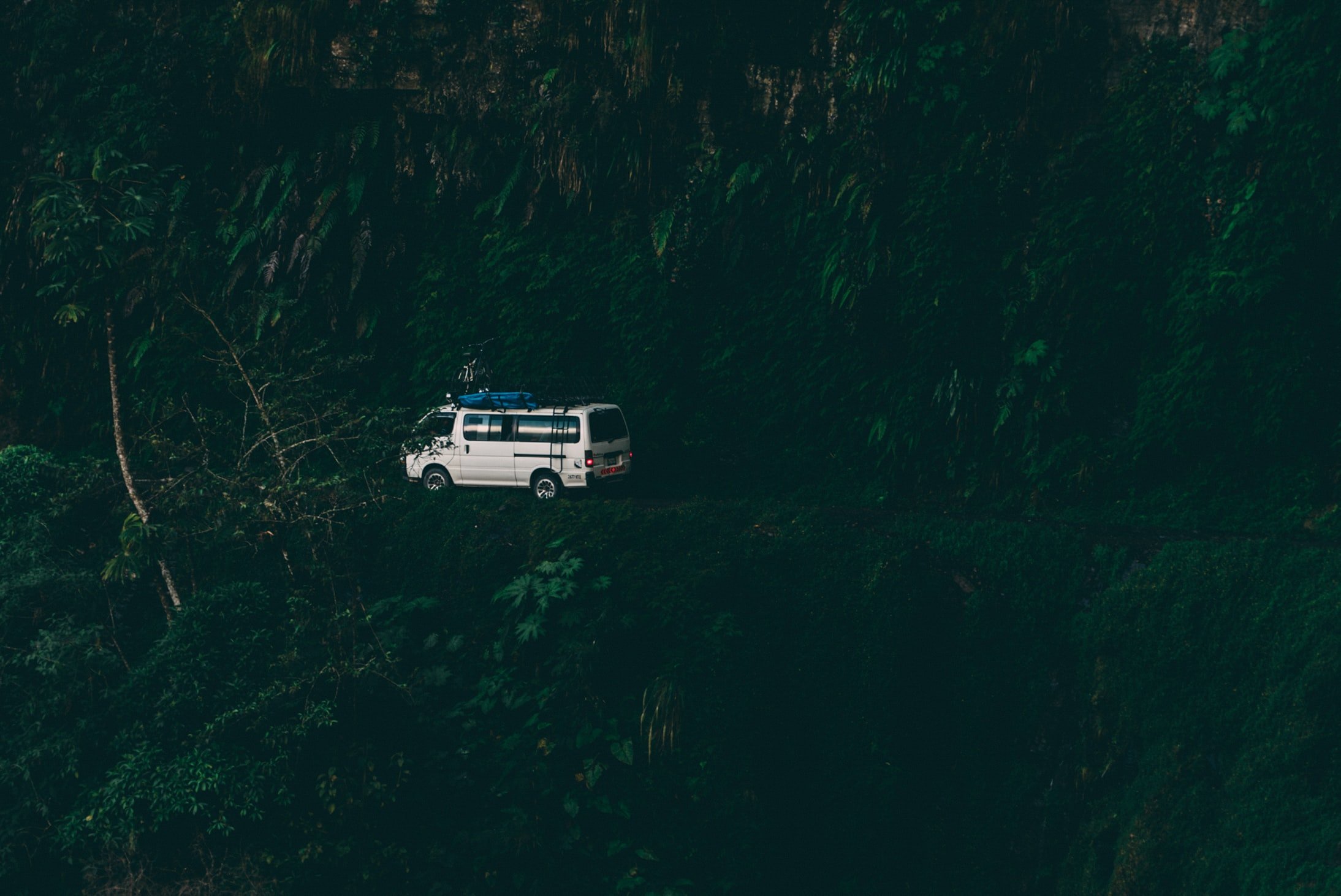
Death Road
I took a 13-hour bus ride on this road during the night, and sometimes you’re glad to sleep through a bit. Not so much time ago, this road had 200-300 deaths per year. That’s where its name comes from.
You drive on a narrow, sometimes unpaved road, and are accompanied on one side by slopes that reach up to hundreds of meters in altitude towards the sky and on the other side by dizzying depths. An experience of a different kind.
For adventurous cyclists in South America, the dramatic and scenic “most dangerous road in the world,” designated as such by the Inter-American Development Bank in 1995 and known locally as the “Road of Death,” “Camino de la Muerte,” or “Yungas Road,” is a must-do.
You can book different tours and experience a fast-paced bike ride with a spectacular elevation loss of more than 3,600 meters, cycling from snow-capped high mountains down into the steaming Amazon jungle.
The route is mostly downhill for 64 km, with only a few small climbs and a few flat sections.
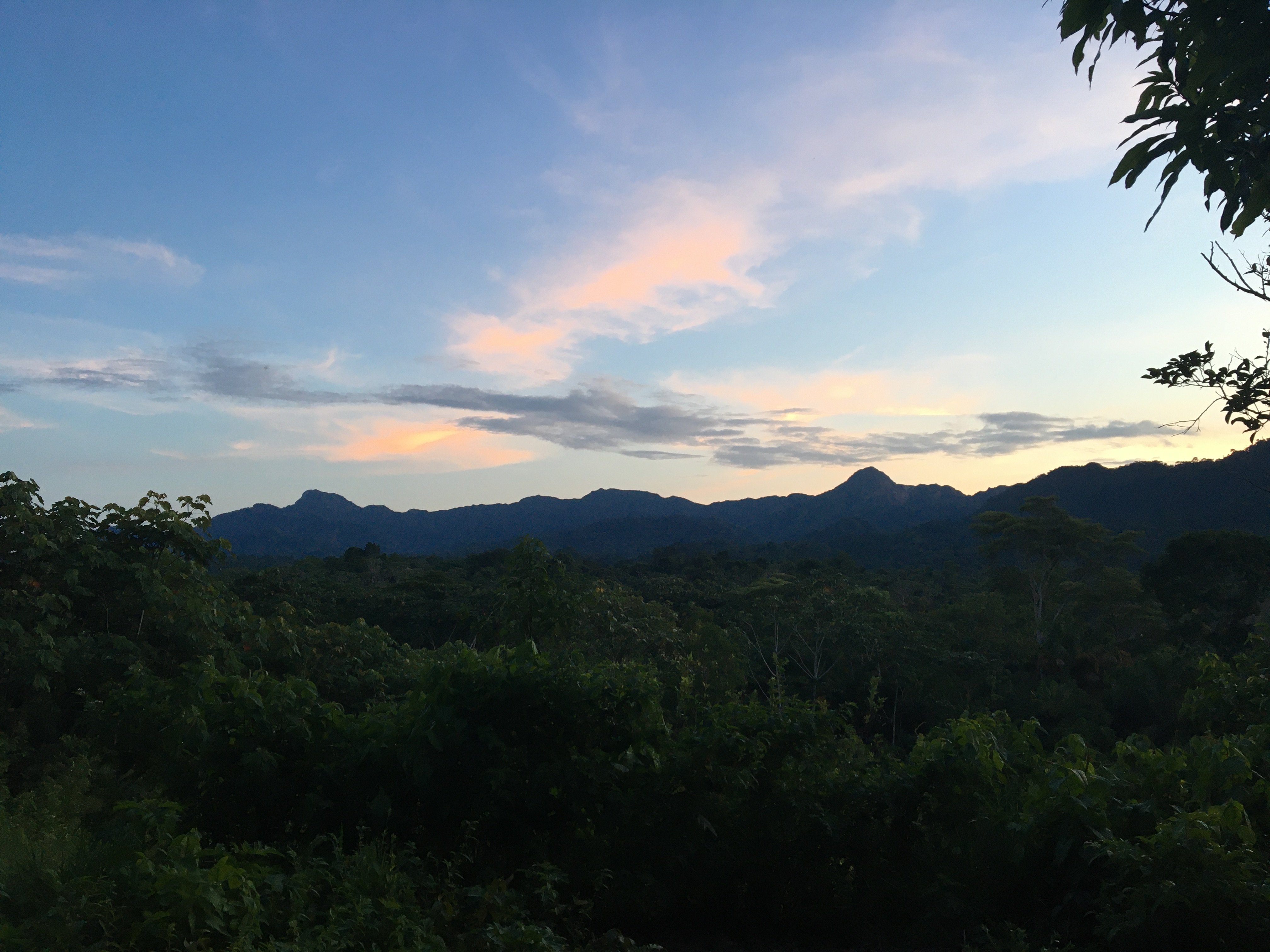
Rurrenabaque
Rurrenabaque is a small town on the Beni River, known as the gateway to the rainforests and pampas of northern Bolivia. Near the main square, Plaza 2 de Febrero, is the Church of Our Lady of Candelaria.
A path leads up to the La Cruz viewpoint, from where you will have an amazing view. Across the river is the town of San Buenaventura, where the Centro Cultural Tacana houses a small museum of indigenous crafts.
Rurrenabaque is also a great starting point for the Madidi National Park – the gateway to the green jungle world, you might say.
You can also visit the communities in this area by boat. The boats that you can take there are called “peque peque”. For example, you stand on the riverbank and call “Rurre”, the short form for Rurrenabaque, or “bote” for boat, and then you are (hopefully) picked up and taken along.
This sometimes works, but from personal experience, not always. A safer way is to simply hire a boat driver at the “dock”. However, arranging specific times for a pickup turns out to be rather difficult.
Madidi National Park
The Bolivian montane dry forests, the Bolivian yungas, the Tuichi River, and the surrounding rainforest, along with the glacier-capped peaks of the Andes, form one of the most biologically diverse ecoregions in the world.
Steep slopes, twisting rivers and streams, thick, lush jungles, cloud forests, and snow-capped mountains await those of you who venture into this remote world of the Amazon.
The fauna consists of 272 mammal species, 213 amphibian species, 204 reptile species, 496 fish species, and 1,254 bird species. Not to mention insects, with over 120,000 species. Jaguars and pumas are among the most hopeful predator sightings.
Other fascinating animals include tapirs, capybaras, deer, manatees, giant river otters and pink river dolphins. The macaw is one of the most beautiful birds you can see here.
Pampas Tour
The wetlands of the Pampas in Bolivia offer a truly breathtaking landscape in the middle of the Amazon jungle.
These tours offer you the opportunity to escape the high Andes and see some of Bolivia’s spectacular wildlife. Birds, sloths, and alligators are just a few species in this tropical savanna on the edge of the Amazon.
If you’re lucky, you may even swim with pink dolphins here!
Oruro
Oruro is a city located about halfway between La Paz and Sucre, and many people stop here before continuing on to the Salar de Uyuni salt lake. The city is also known for its carnival.
The Oruro Carnival is a religious and cultural celebration. It has been celebrated since the 18th century. Originally an indigenous festival, the celebration was later transformed into a Christian ritual around the Virgin of Candelaria.
Sucre
Sucre is among the six most populous cities in Bolivia. While the seat of the national government was established in La Paz in 1898, Sucre remains the constitutional capital of Bolivia and houses the country’s Supreme Court; La Paz is the seat of the executive and legislative branches.
The best way to explore Sucre is on a walking tour: A guide will show you the best sights of the city and give you some background information.
In addition, there are many museums with cultural treasures, such as the whitewashed “Casa de la Libertad”. If you want to experience the city with all your senses, a Bolivian cooking class is highly recommended.
There are also many things to do around Sucre, such as a canyon tour or an Inca trail tour.
